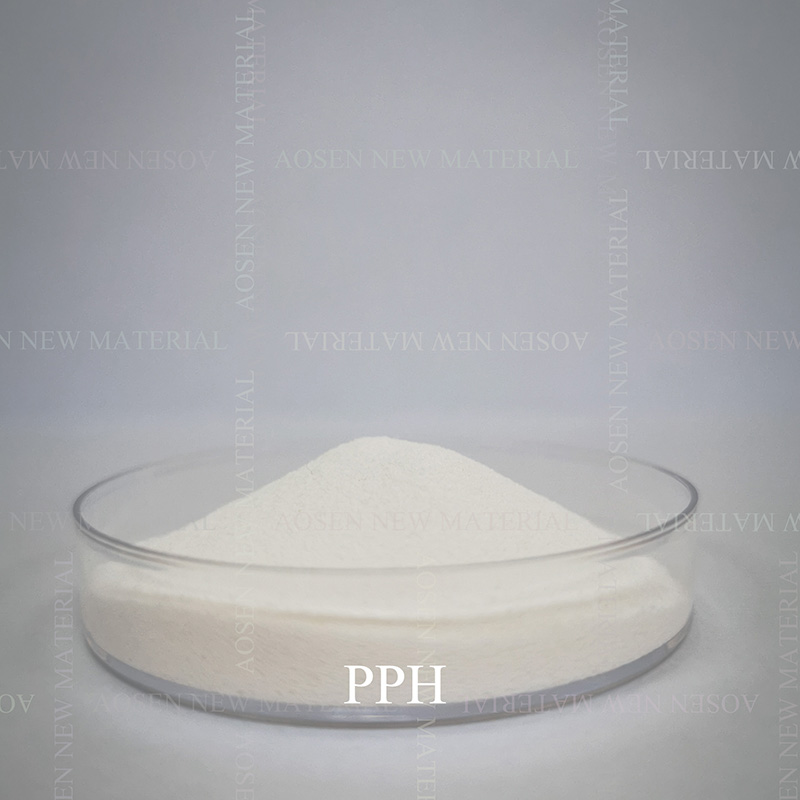What is the difference between a copolymer and homopolymer?
2023-11-20
The primary difference between a copolymer and a homopolymer lies in their molecular structure and composition:

1. Homopolymer:
- Definition: A homopolymer is a type of polymer composed of repeating units of a single type of monomer molecule. In other words, all the monomers in a homopolymer chain are identical.
- Structure: The polymer chain consists of only one type of monomer, which polymerizes to form long, uniform chains. Examples include polyethylene (made from repeating ethylene monomers) and polypropylene (composed of repeating propylene monomers).
- Properties: Homopolymers typically exhibit uniform properties throughout the material due to their consistent molecular structure.
2. Copolymer:
- Definition: A copolymer is a polymer derived from the polymerization of two or more different types of monomers. These monomers can be arranged in various sequences along the polymer chain.
- Structure: Copolymers consist of two or more distinct monomer units that are polymerized together in a single chain. Depending on the arrangement of monomers, copolymers can be classified as random copolymers, alternating copolymers, block copolymers, or graft copolymers.
- Properties: Copolymers can exhibit a broader range of properties compared to homopolymers due to the incorporation of different monomer units. This versatility allows copolymers to combine the characteristics of different monomers, resulting in materials with tailored properties such as enhanced strength, flexibility, heat resistance, or other specific attributes.
In summary, the fundamental distinction between a copolymer and a homopolymer lies in the diversity of monomers present within the polymer chain. Homopolymers consist of a single type of monomer unit, while copolymers incorporate two or more different monomers, leading to a wider array of properties and potential applications.


